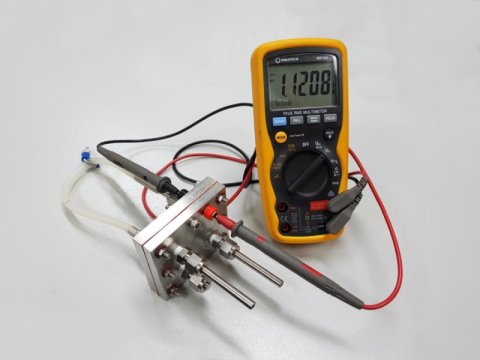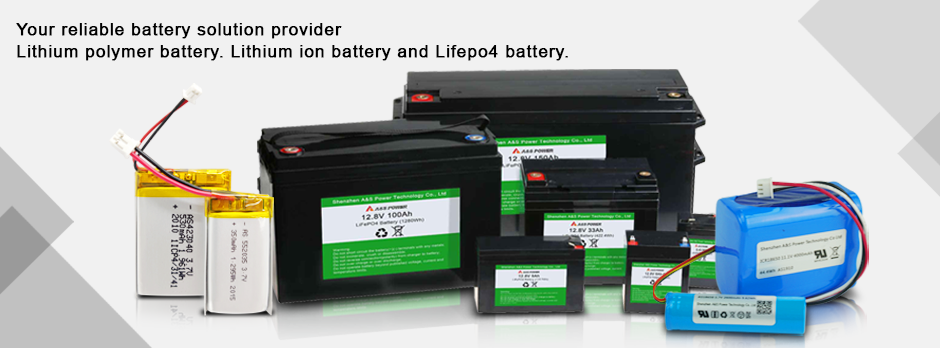Testing a Battery – Multimeter, Voltmeter and Under Load
2021-07-15
Testing a Battery – Multimeter, Voltmeter and Under Load
Using a battery for an extended period without knowing its state of charge can be risky. The battery might fail to charge without giving a warning. Therefore, testing a battery is one of the methods that are used in battery maintenance. Thus, you need to know some of the devices used in testing a battery and how they work.
In this article, we will consider the procedure of using a voltmeter and a multimeter. We shall also look at what we mean by testing the battery under load. These topics are much critical in our day-to-day activities because weork with batteries more frequently. Most people use their car batteries for an extended period without checking them.
I once used my car battery for 11 weeks without opening the bonnet. However, when I opened it, the terminals had some whitish substance, and they were eroded. I tested their capacity after a full charge using a multimeter, and I was shocked at how it had drastically decreased. Therefore, you must move with me throughout this article and learn the best practices for your battery.
How do you test a battery with a multimeter?
A multimeter is a device used to measure various electrical properties of a battery. It can measure the battery's resistance, voltage, and current; thus, it is also known as volt-ohm-milliammeter (VOM). Different types of multimeter come in different sizes, prices, and different unique features.
However, the most crucial thing when it comes to a multimeter is how to use them. It will be hard to know your battery's condition when you are not conversant with the method used in testing the battery. However, the process is quite simple, and everyone can do it.
In our case, we shall consider the process of testing a car battery.
The first step of testing a battery with a multimeter ensures that the headlights on for two minutes. Turning headlights on for two minutes eliminates any surface charge that might be present in the battery.
Secondly, set the multimeter to a reading of between 15-20 volts.
Connect the red cable of the multimeter to the positive terminal of the battery and the black wire to the -ve terminal of the battery. The positive and the negative terminals in the battery are labeled with a plus and a minus.
If your battery indicates a voltage of around 12.6 volts, then you are on the right side. However, if the multimeter gives a far below 12.6 volts reading, you might be having a bad battery.
Start the car leave the multimeter to capture the voltage after the cranking. If the revised voltage is over 10, then you are good to go.
If the battery’s voltage drops below 5 volts when the car is running, then you need to replace the battery immediately.
However, a multimeter can also measure the amount of current in a battery. To do this, use the following procedure:
The average amperage of a battery is about 100mAh; thus, before testing the battery, turn the multimeter to DC function and set it to 200mAh.
Connect the test probes with the black wire meeting the negative terminal and the red wire meeting the battery's positive terminal.
After connecting the probes, check the reading of the multimeter.
The reading should fluctuate somewhere around 100mAh. At this reading, the battery is working correctly, and it can run any device efficiently. A battery that reads below half the battery's voltage should be replaced because it will train quickly.

Can you test a battery using a voltmeter?
Is it possible to test a battery with a voltmeter? Many people have been asking this question, and this is the right time to answer it. A voltmeter can be used to test the battery for its voltage. The voltmeter works like a multimeter, but the difference comes in what they test. A voltmeter is a gadget used to determine the voltage of the battery.
However, we also need to look at the process of using a voltmeter. It is essential because not everyone has ever used this device. It is easy to use this device, and it does not require any expertise. Go through the following steps:
The voltmeter measures the electrical potential difference between two points in a circuit; hence, you must first turn off the vehicle.
Remove the terminal cover from the positive terminal and check the terminal for corrosion. Clean the terminal if necessary.
Attach the red cable of the voltmeter to the positive terminal of the battery. Also, connect the black cable of the voltmeter to the negative terminal of the battery.
Check the readings on the voltmeter. For a fully charged battery, the readings should be around 12.6 volts. Therefore, if your battery shows readings between 12.4 and 12.8 volts, you are clear to go.
Any voltage above 12.8 shows that your battery has excess voltage, and it is a good indicator. Therefore, you need to turn on the headlights to drain the excess voltage.
If the voltmeter displays a voltage below 12.4, then you need to charge the battery. However, if the reading is below 12.2 volts, then you should trickle charge the battery.
What is the testing battery under load?
The term battery load testing involves measuring the amperes produced by a charged battery, and it is specifically relevant for vehicle batteries. It means that we are testing the battery while in use, mainly using a battery load tester.
To test a battery using a battery load tester, go through the following steps:
Charge the battery fully to get accurate load testing. Ensure that the voltage reading you get from the voltmeter or multimeter is the same as the voltage reading indicated on the battery label. If the reading is about 10 percent lower than the indicated voltage, you need to charge the battery first.
Connect the load tester sensors to the battery terminals with the red cable meeting the positive terminal and the black wire meeting the negative terminal.
Set your timer and leave the sensors connected for about 15 seconds, then read the load tester and compare it with the previous voltmeter reading voltage.












